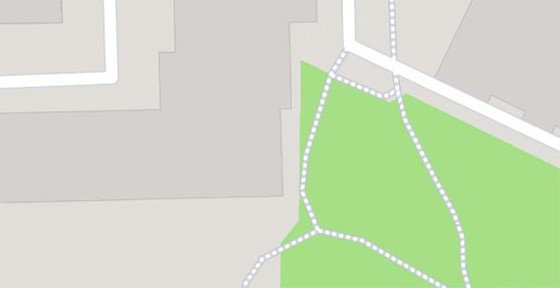Rochester Castle
Rochester Castle is a medieval fortress built in 1127 to defend the English coast against invasions from the continent and to protect the crossing on the Medway. The monumental building rising to a height of 34 m is one of the best-preserved examples of Norman architecture in Great Britain. Currently, Rochester Castle is under conservation protection - it is a preserved ruin, made available to visitors.
The main attraction of visiting the castle is a walk on the stairs stretching out for hundreds of meters, which lead along the defensive walls and into the interior of the building. Wandering in the recesses of the fortress, you can observe the traces left by its former inhabitants - the remains of latrines and hearths, window recesses and internal cavities in the walls testifying to the existence of wooden floors in the past. A panorama of the city of Rochester stretches from the walls of the castle.
During its long history, Rochester Castle was besieged many times, conquered and destroyed. The last military operations were carried out here in 1381, during the Wat Tyler Uprising (revolt of English peasants), when the fortress was conquered and plundered. From the 17th century, the building, without roofing and abandoned, fell into ruin until 1870, when it was opened to the public together with the adjacent park.
Attractions inside




